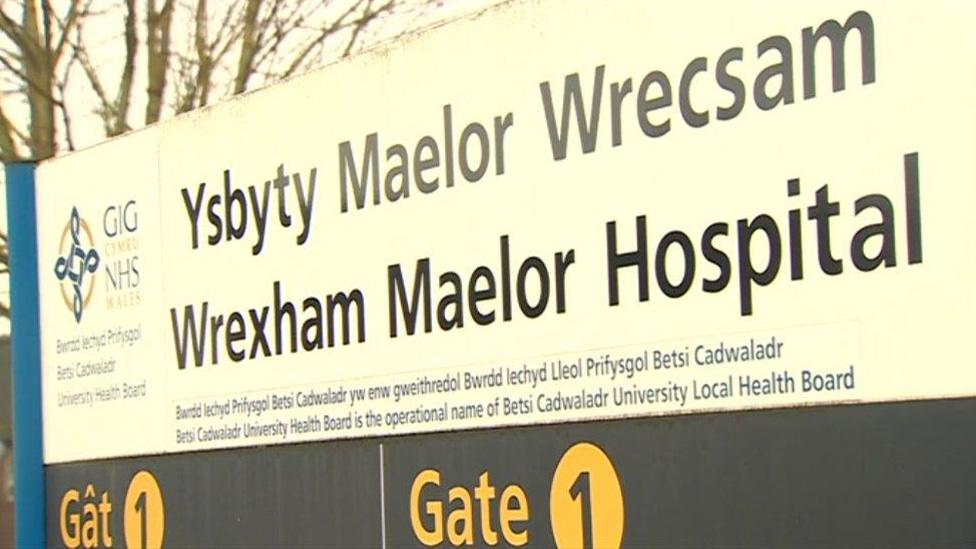A&E staff 'challenges' as 20,000 wait more than four hours
- Published
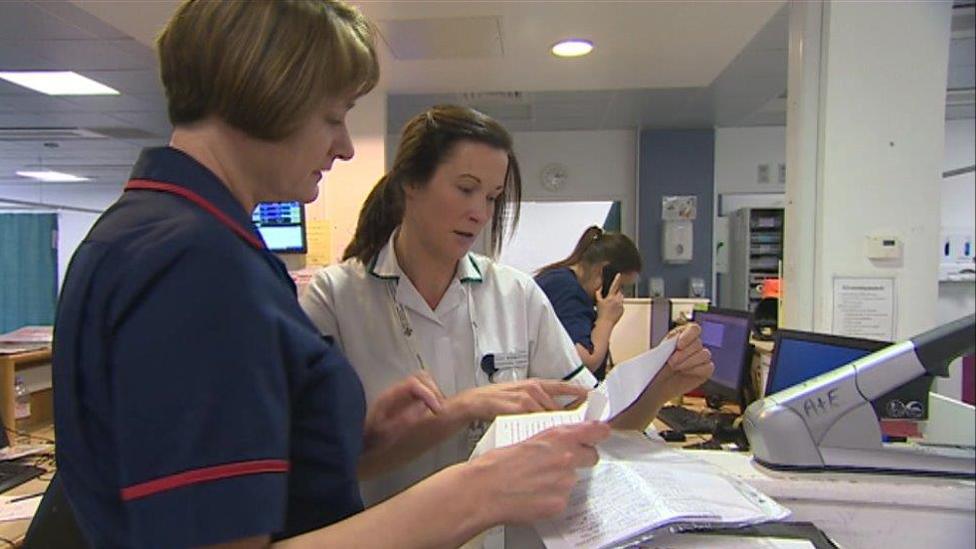
Wrexham Maelor saw nearly 5,450 patients in May
More than 20,000 patients waited more than the four hour target time in Welsh hospital emergency departments last month, figures show.
Wrexham Maelor hospital was still the worst performing in May with 53.7% of patients waiting more than four hours to be seen, transferred or discharged.
It posted the worst A&E performance on record in January (49.3%).
On average, 78% of patients in Wales were seen within four hours; the target is 95%.
This is an improvement on the month but worse than a year ago.
The average time spent in emergency care units was below two and half hours.

Dr Jo Mower, vice president of the Royal College of Emergency Medicine in Wales, said: "Today's data shows the true extent of the immediate challenges A&E staff continue to face.
"Insufficient social care resources impact the entire hospital system and contribute to emergency department crowding," she said.
"We welcome the Welsh Government's commitment to integrating health and social care and believe that in the long term it will go a long way in relieving the strain placed on emergency departments."
The Welsh Government figures showed the number of patients facing a delayed transfer in care - still in hospital but waiting for social care to become available - was 414 in May, up from 409 in April. This was 6% down however on the same period last year.
A spokeswoman said that while there were positives from the latest data, it was clear there were still areas where NHS Wales faced challenges.
"The health minister has been clear with NHS Wales boards and trusts about the need to deliver improvements in performance quickly," she said.

Meanwhile, 4,797 patients waited more than 12 hours in A&E before being seen, transferred or discharged - the fifth highest number on record. The target is that no-one should wait that long.
The Welsh Government said this "remains a concern". The spokeswoman added: "We are working with health and social care partners to address this as a priority".
The latest health figures also show:
70.2% of ambulances responded to red calls - immediate life-threatening cases - within eight minutes. This is above the target of 65% but down from 70.3% in April
11,043 (2.5%) of patients had been waiting more than nine months to start treatment from the date their referral letter was received by the hospital. This has increased by 2,058 (or 22.9% higher)
Over the last year, 85.7% of cancer patients newly diagnosed via the urgent cancer route started treatment within the target time of 62 days. But this is 1.2% lower than the previous year and 2.8% lower than the same 12 month period five years ago
The numbers waiting less than four weeks for a first outpatient appointment with the Child and Adolescent Mental Health Services (CAMHS) fell from 79.7% in March to 58.7% in April - this involved 283 of 482 patients on the waiting list.
- Published21 March 2019
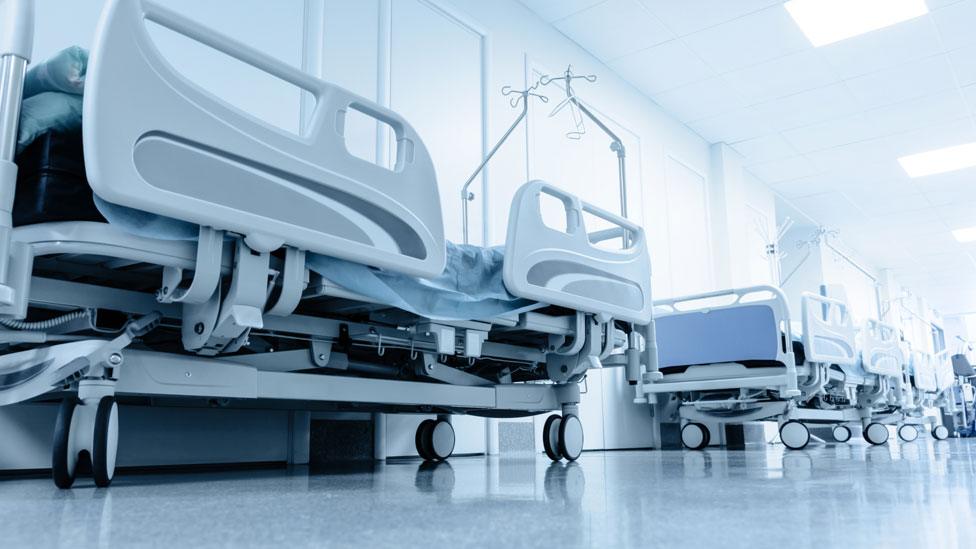
- Published21 February 2019
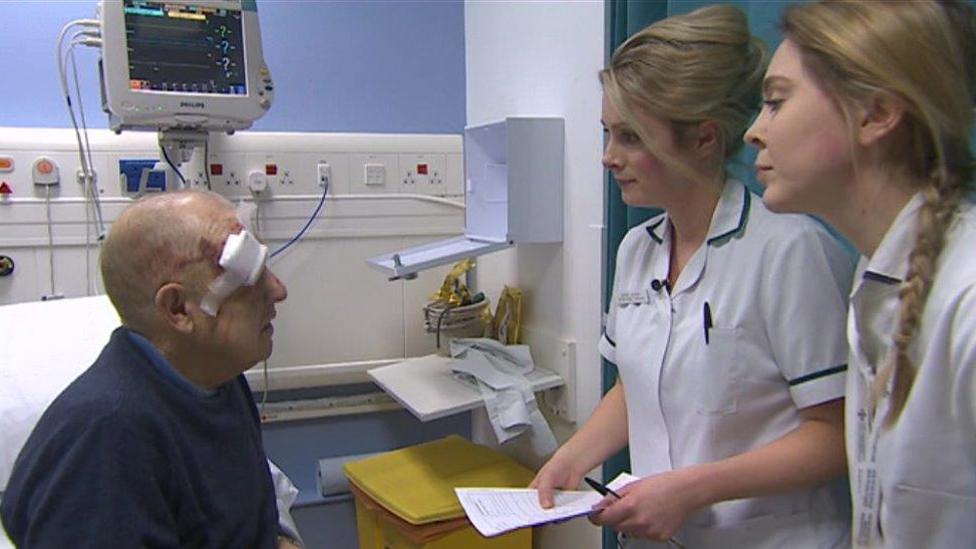
- Published20 February 2019
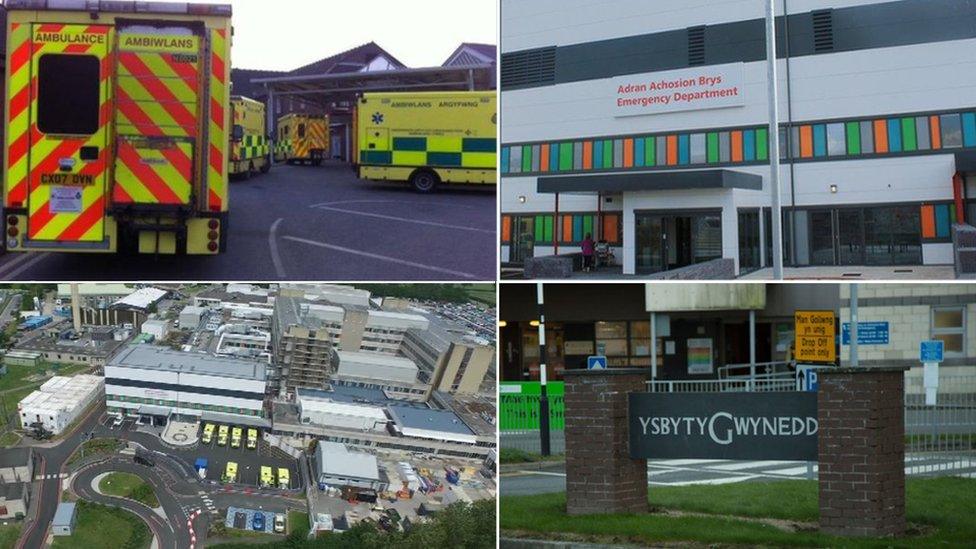
- Published24 January 2019
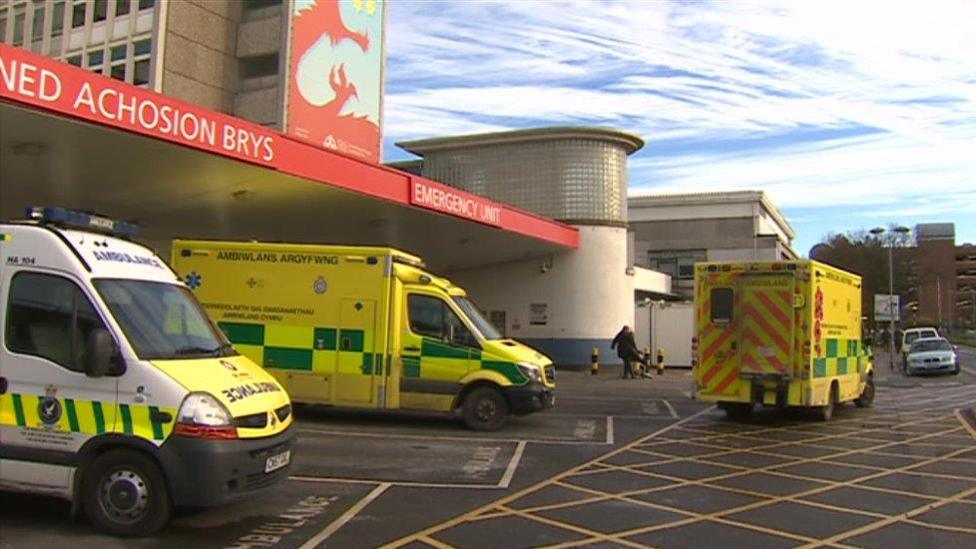
- Published20 September 2018
